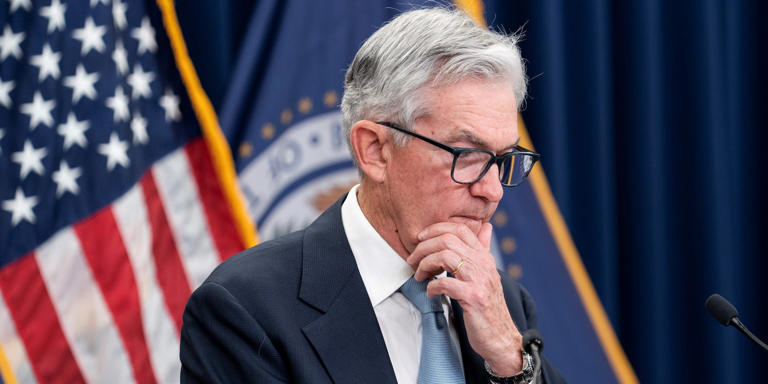JPMorgan strategist Jack Manley’s assertion that interest rate cuts are necessary to combat inflation and return it to the Federal Reserve’s long-term target of 2% challenges the traditional economic wisdom. Typically, higher interest rates are seen as a tool to curb inflation by reducing aggregate demand, while lower rates stimulate economic activity and potentially inflation.
Manley’s argument focuses on the impact of interest rates on shelter costs, a significant driver of inflation in the current economic cycle. He contends that meaningful reductions in shelter costs, essential for curbing inflation, would only occur if the Federal Reserve initiates interest rate cuts. This view diverges from conventional wisdom, which suggests that lowering interest rates could exacerbate inflationary pressures by stimulating demand.
The housing market’s tight conditions, characterized by limited supply and steady demand, have contributed to elevated prices. A key factor contributing to the scarcity of housing supply is the large number of homeowners who secured mortgages at rates below 4%. With current mortgage rates hovering around 7%, homeowners have little incentive to sell, further constraining supply and driving prices higher.
Manley describes the situation as a “chicken-and-the-egg type situation,” emphasizing the interdependence of factors such as interest rates, housing supply, and inflation. He argues that meaningful reductions in inflation hinge on addressing the underlying factors driving shelter costs, which require intervention from the Federal Reserve through interest rate cuts.
However, the likelihood of the Federal Reserve implementing interest rate cuts has diminished, particularly following the release of the March Consumer Price Index (CPI) report, which indicated higher-than-expected inflation. The core CPI rose by 3.8% year-over-year in March, leading to a significant decline in expectations for a Fed rate cut in June.
Despite the challenges, Manley advocates for proactive measures from the Federal Reserve, emphasizing the critical role of interest rate adjustments in influencing inflation dynamics and fostering economic stability. He contends that the Fed must act decisively, even in the face of elevated inflation, to steer inflation back towards its long-term target of 2%.
In summary, Manley’s perspective underscores the importance of addressing underlying factors such as shelter costs to effectively combat inflation. While his views diverge from conventional wisdom, they highlight the complexity of inflation dynamics and the potential role of interest rate policy in shaping economic outcomes.
